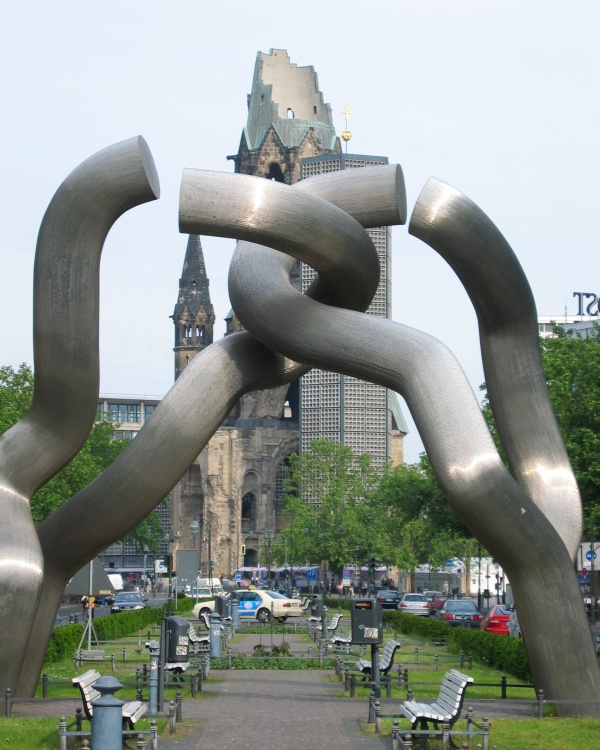Facts About Berlin
Berlin: A Symbolic Sculpture Bridging East and West
Situated on Tauentzienstraße in Berlin, the striking sculpture simply titled "Berlin" serves as a poignant reminder of the city's divided past. Conceived in 1985 and unveiled two years later in 1987, this unique artwork is the creation of the talented sculpting duo Brigitte Matschinsky-Denninghoff and Martin Matschinsky.
The sculpture's central motif, a "broken chain" symbolically represents the severed connections between West and East Berlin caused by the construction of the Berlin Wall. Following the Wall's fall, the city of Berlin acquired this significant piece from the artists to commemorate that monumental period in German history.
"Berlin" was part of the "Skulpturenboulevard Kurfürstendamm" event, commissioned by West Berlin to celebrate the city's 750th anniversary in 1987. Among the eight sculptures unveiled during the event, only three, including "Berlin" were retained beyond the anniversary year. The city and Deutsche Bank later acquired the sculpture after its original lease expired.
The artists were given the freedom to choose the installation site for their work, and they selected Tauentzienstraße, positioned right in front of the Kaiser-Wilhelm-Gedächtniskirche. This church, heavily damaged during World War II, adds historical depth to the sculpture's location.
The sculpture itself comprises four steel tubes, each about two meters in diameter, rising from a concrete base. The ends of these tubes tilt and loop without touching, representing both the closeness and isolation of East and West Berlin. The surface of the tubes is covered in chrome-nickel steel, which can appear either dark or shiny depending on the lighting conditions.
Brigitte Matschinsky-Denninghoff described the sculpture as a symbol of the direction from West to East and East to West. She emphasized that it is designed as a large, "organically grown" gate, forming a double arch that communicates Berlin's unique situation symbolically.

 Poland
Poland